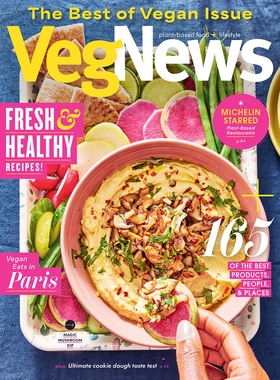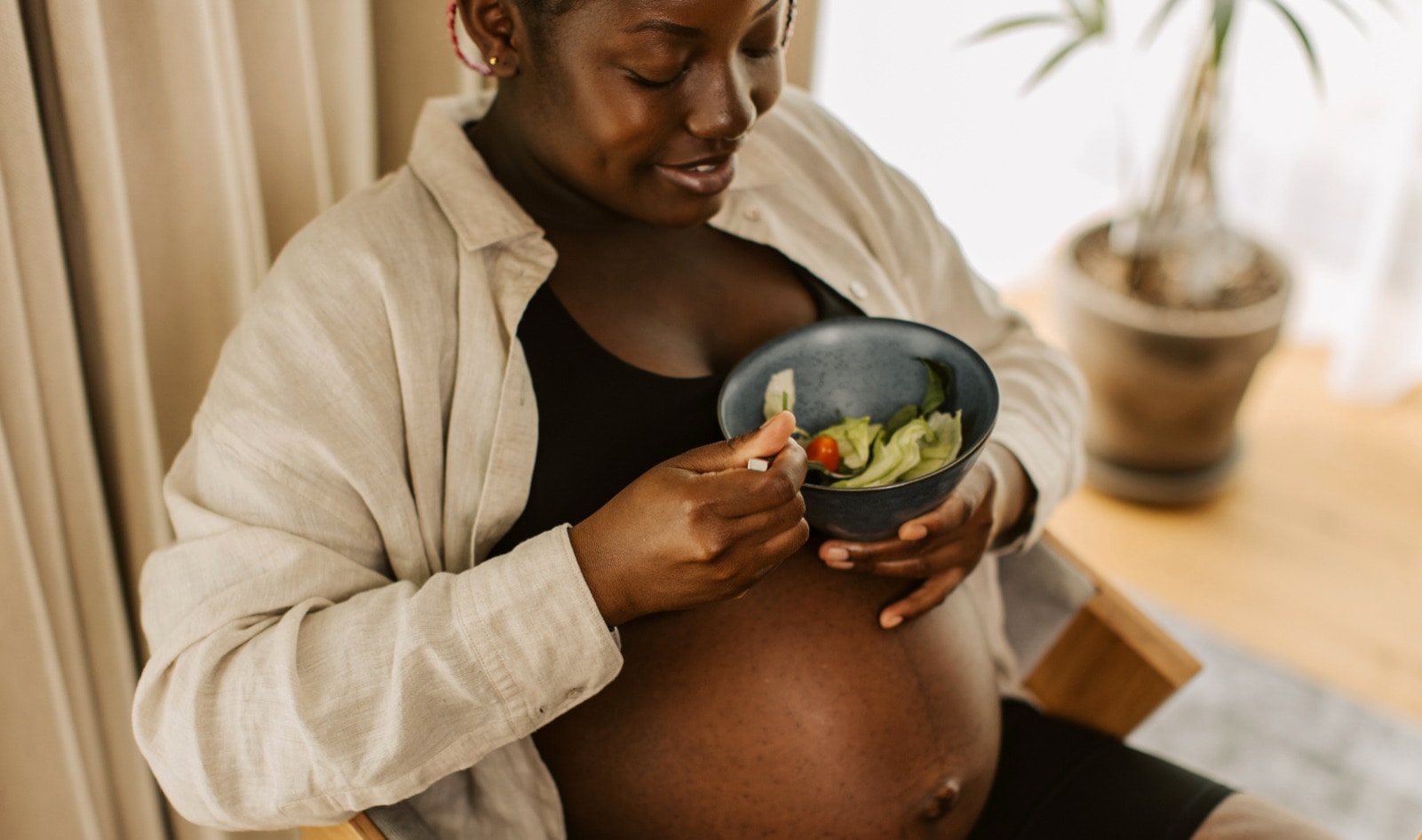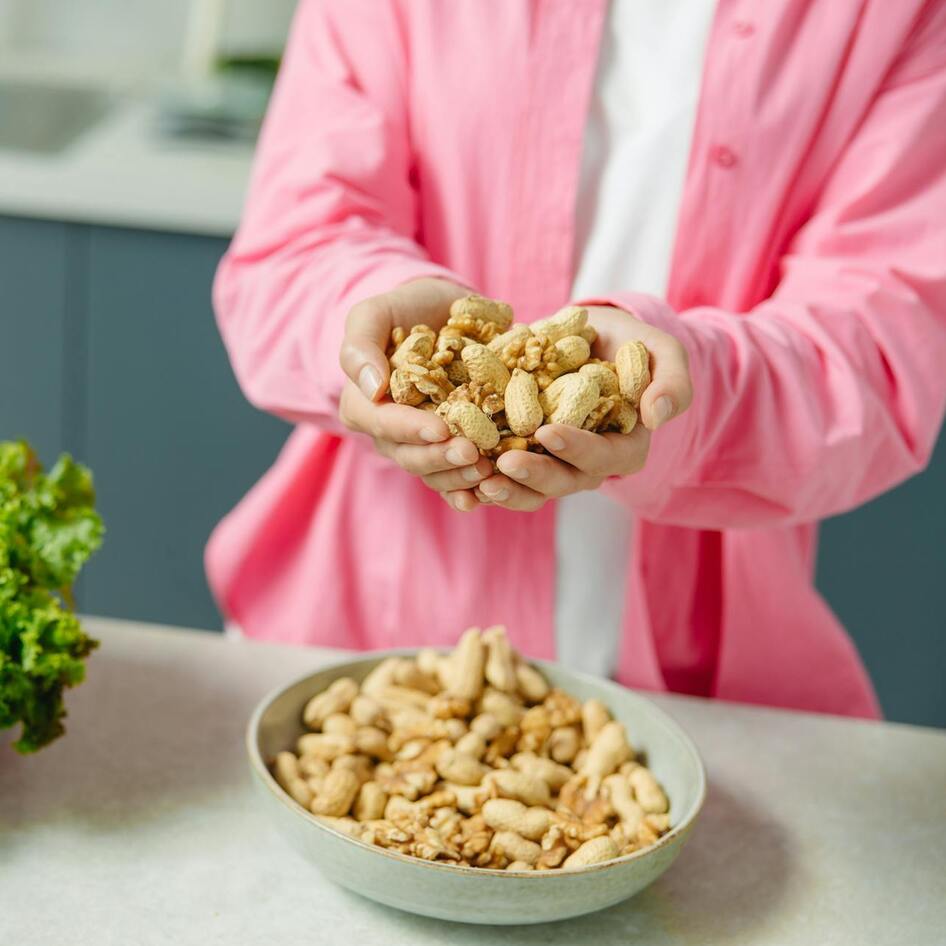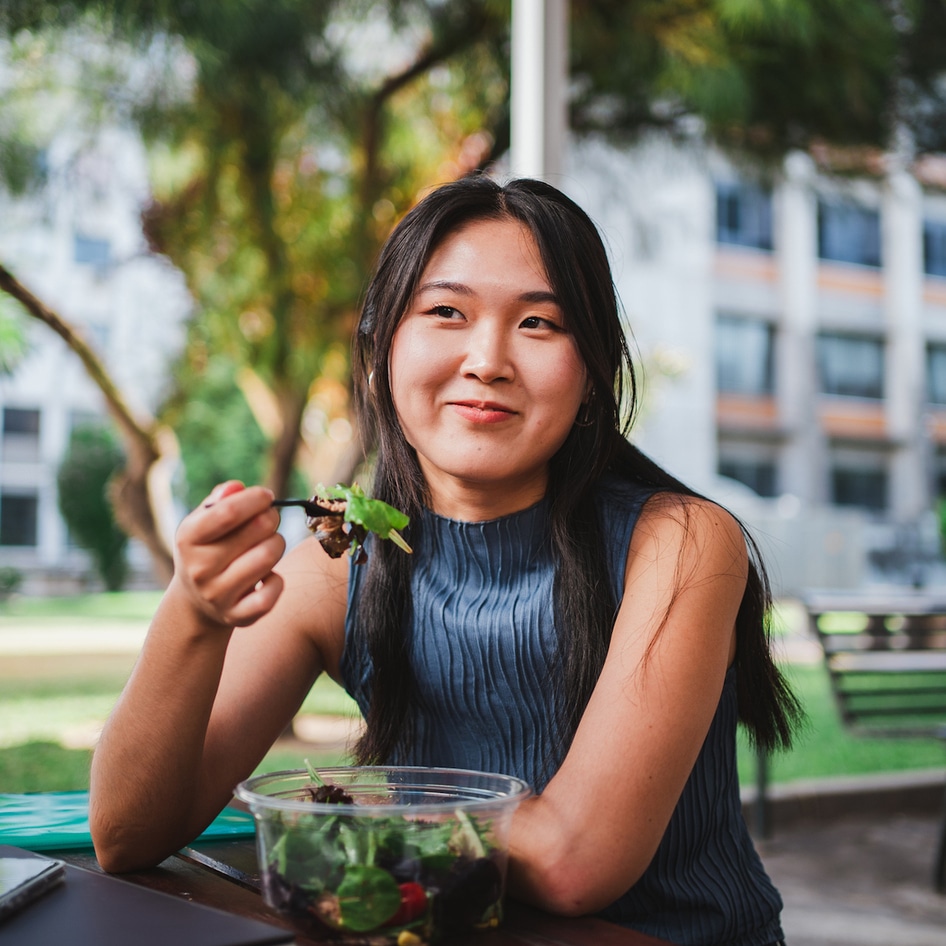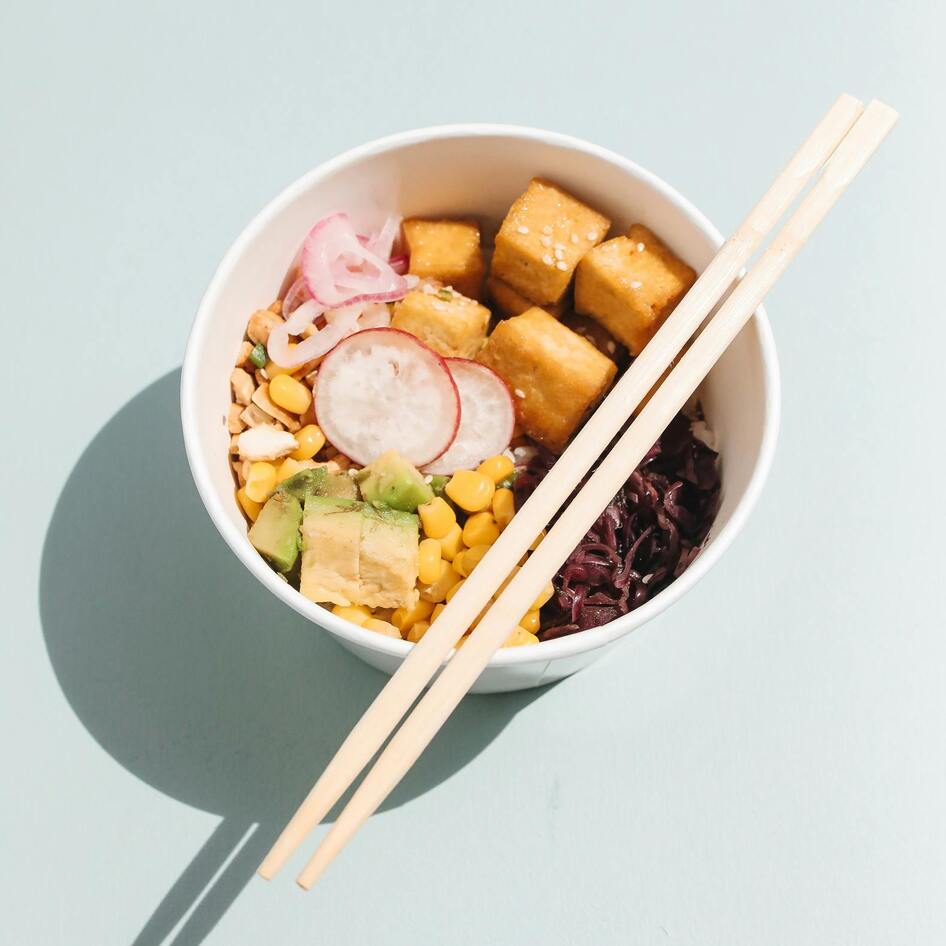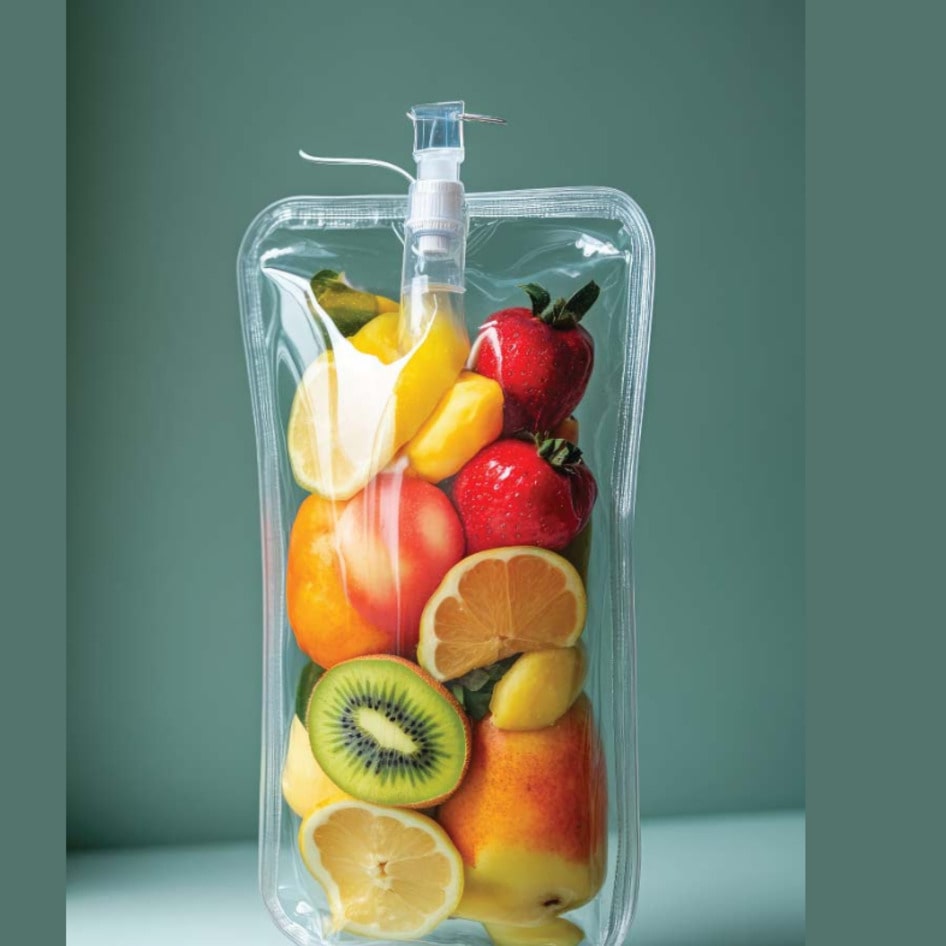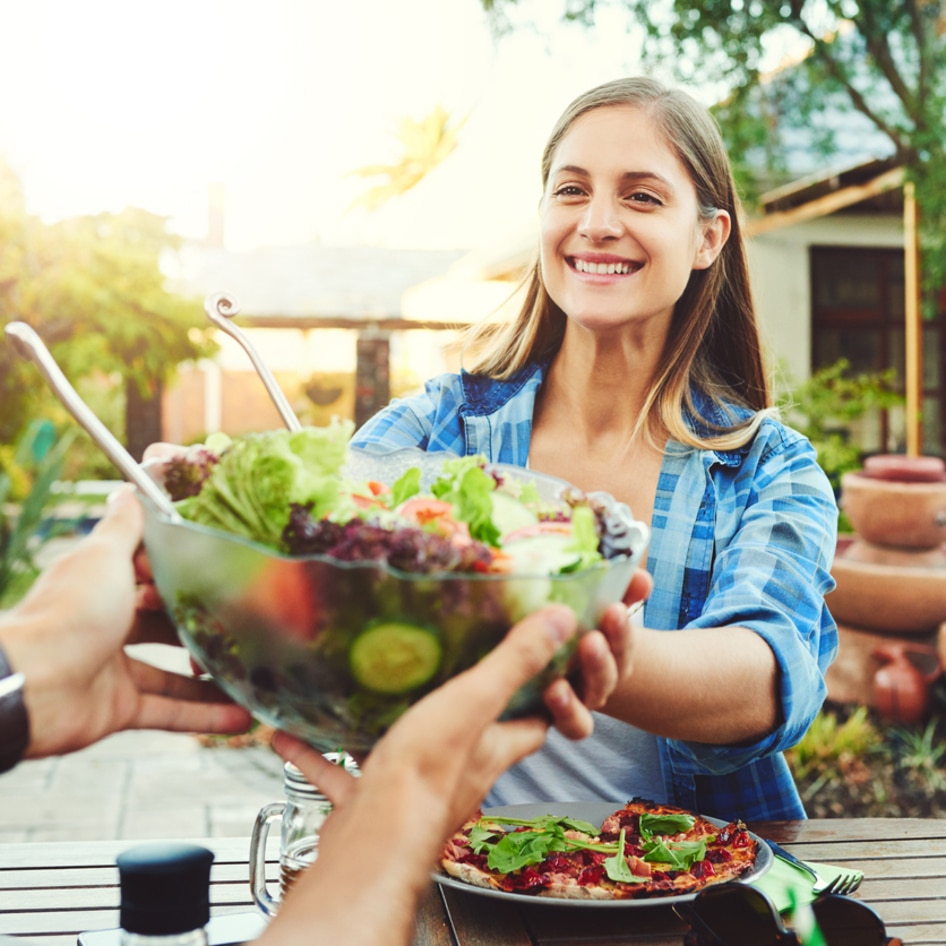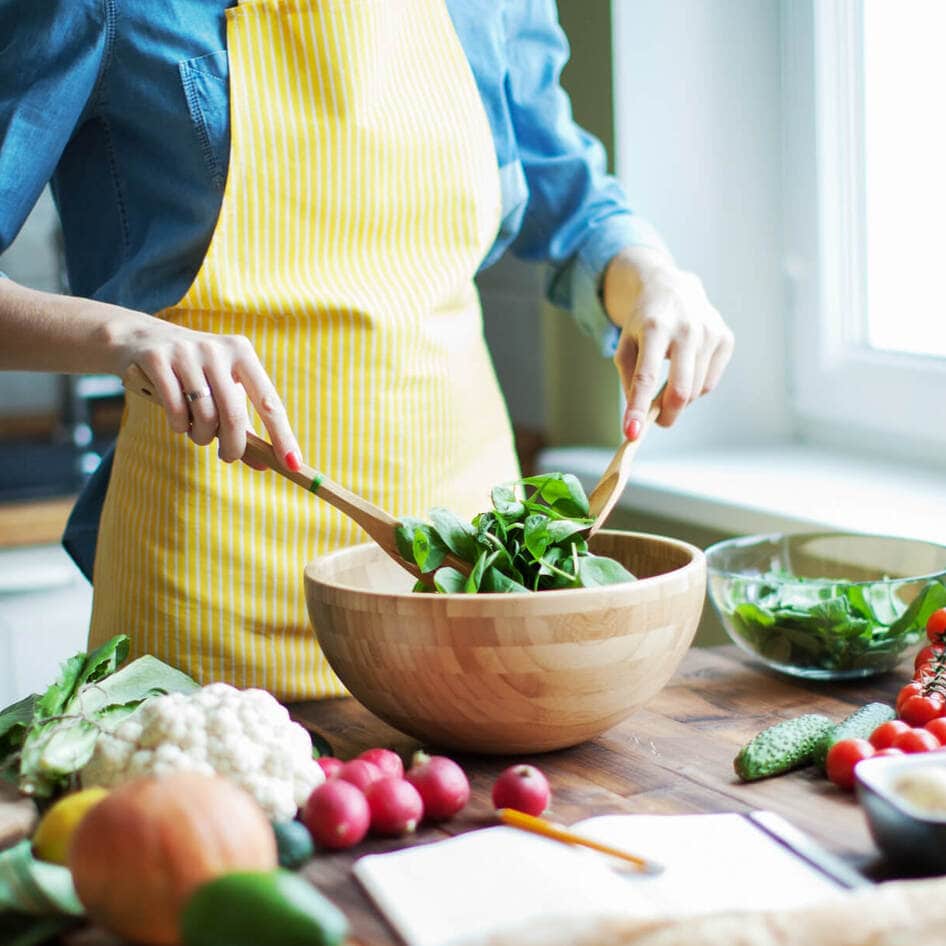Preeclampsia—a serious pregnancy complication—affects between five and eight percent of expectant mothers in the US, putting both mom and baby at risk. While age, genetics, and overall health play a role, research suggests that what a mother eats could be just as important. Could nutrition be a secret weapon in lowering the risk? We turned to food scientist and nutrition expert Jennifer Pallian, RD, to find out.
What is preeclampsia?
Preeclampsia often develops around the 20-week mark of pregnancy. It is primarily characterized by high blood pressure, and sometimes, organ damage. “The condition can lead to serious health risks for both mom and baby, including preterm birth, low birth weight, and even long-term issues like heart disease, type II diabetes, and kidney problems,” says Pallian.
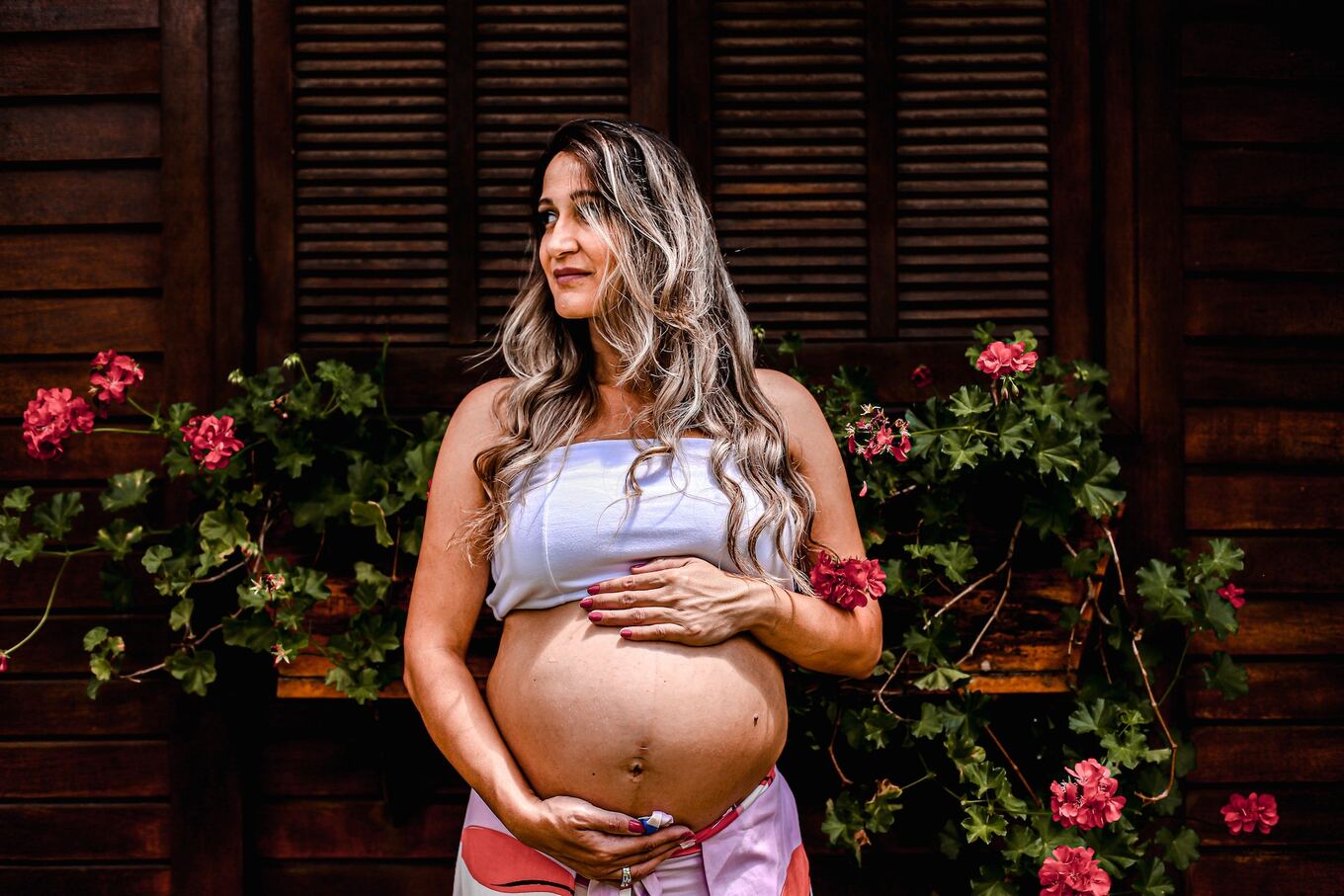 Luana Azevedo | Unsplash
Luana Azevedo | Unsplash
There are many reasons why someone might be more likely to develop preeclampsia. Research suggests that if a mother is carrying more than one baby, for example, this could put them at a higher risk. This is because preeclampsia is associated with problems with the placenta, and with twins, for example, there is usually either one big placenta or two placentas. Twin pregnancies also tend to produce more hormones, which can make it harder for the body to regulate blood pressure.
A twin pregnancy is just one example of a risk factor for preeclampsia. Others include having a maternal age of 35 or above or having a family history of the condition. Research also suggests that systemic racism, unconscious bias in healthcare professionals, and health inequity are risk factors. The rate of preeclampsia is 60 percent higher in Black women than in white women in the US, and in the UK, Black women are six times more likely to develop the condition.
What foods should you avoid with preeclampsia?
Some risk factors are very hard to overcome, but there are some that pregnant mothers may have more control over than others. In some cases, choosing the right foods might make a difference.
“Nutrition is super important when it comes to lowering the risk of preeclampsia because it affects some of the biggest factors behind the condition—things like inflammation, oxidative stress, blood pressure, and how well the placenta develops,” explains Pallian. “Eating the right foods can help keep these processes in check, making a huge difference in supporting a healthy pregnancy.”
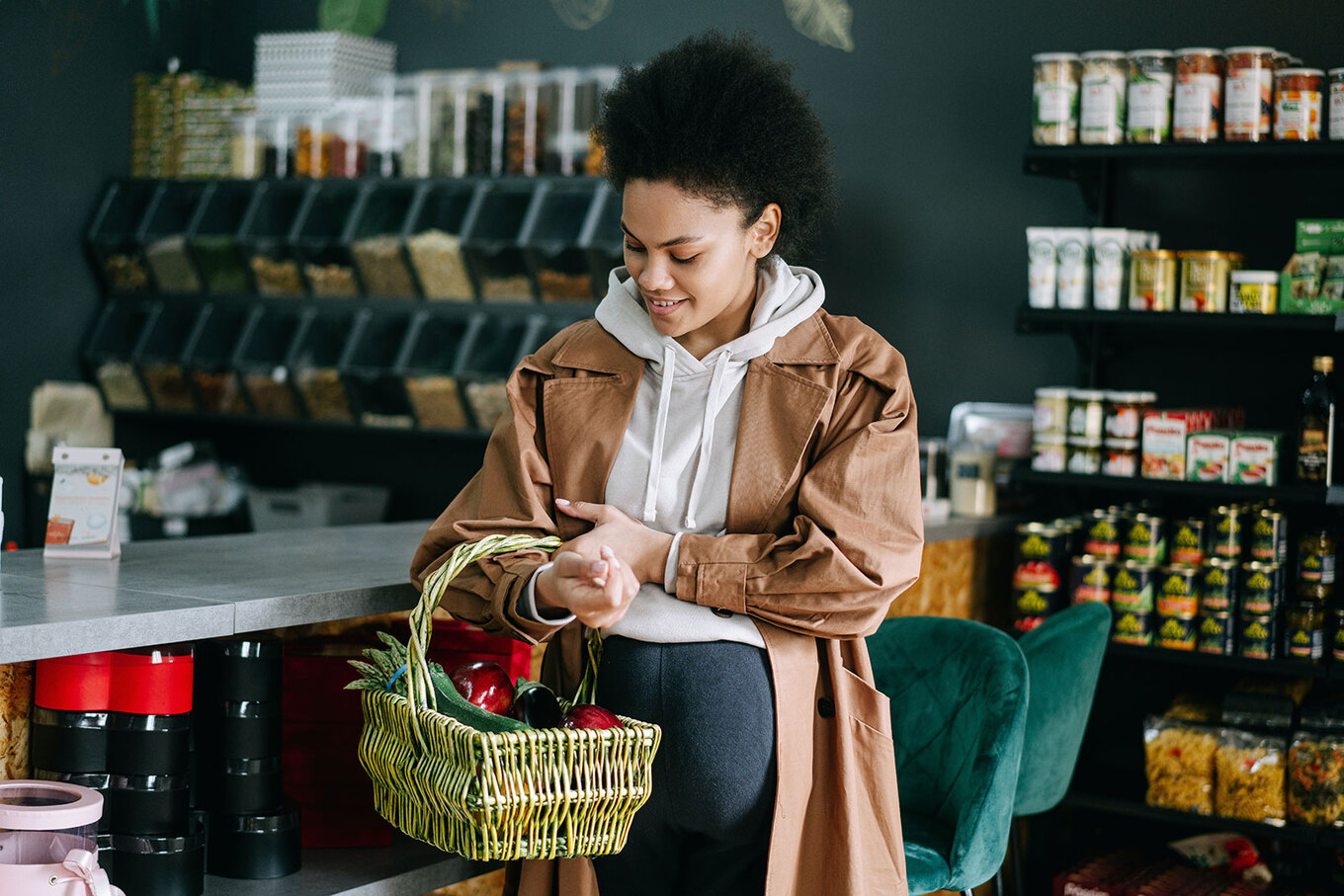 Ivan Samkov | Pexels
Ivan Samkov | Pexels
She adds that eliminating sugary drinks, processed meats, and fried foods could make a difference. This is backed up by research: in 2022, one study examined data from 700,000 people and concluded that a diet high in ultra-processed foods could increase the risk of preeclampsia by nearly 30 percent. On top of this, it increased the risk of gestational diabetes. “[Ultra-processed foods] promote inflammation and oxidative stress, which are key drivers of pre-eclampsia,” notes Pallian.
However, it’s important to note that for many, ultra-processed foods are one of the only accessible options during pregnancy. Food aversions and nausea are big dietary factors for some people, for example, but also location. Research suggests that more than 23 million Americans are living in areas known as food deserts, where nutrient-dense foods are limited and fast food is more abundantly available. On top of this, data confirms that one in every five Black households is located in a food desert.
What foods help preeclampsia?
Access to nutritious food is important for a healthy pregnancy. “Studies have shown that eating at least 1.25 cups of fresh fruit daily can lower the chances of developing preeclampsia by nearly 20 percent,” says Pallian. “If you’re eating fruits and vegetables at least three times a week, your risk goes down even more.”
But even just paying attention to specific nutrients, like calcium, vitamin D, and fiber, can help support pregnancy. Calcium in particular, which is available in foods like nuts, seeds, beans, and dark leafy greens, plays a big role in keeping blood pressure down, especially if it’s taken early on in pregnancy, when the placenta is developing. “Making sure you’re getting at least 1000 milligram of calcium per day can make a real difference, especially if your diet is low in calcium to begin with,” advises Pallian.
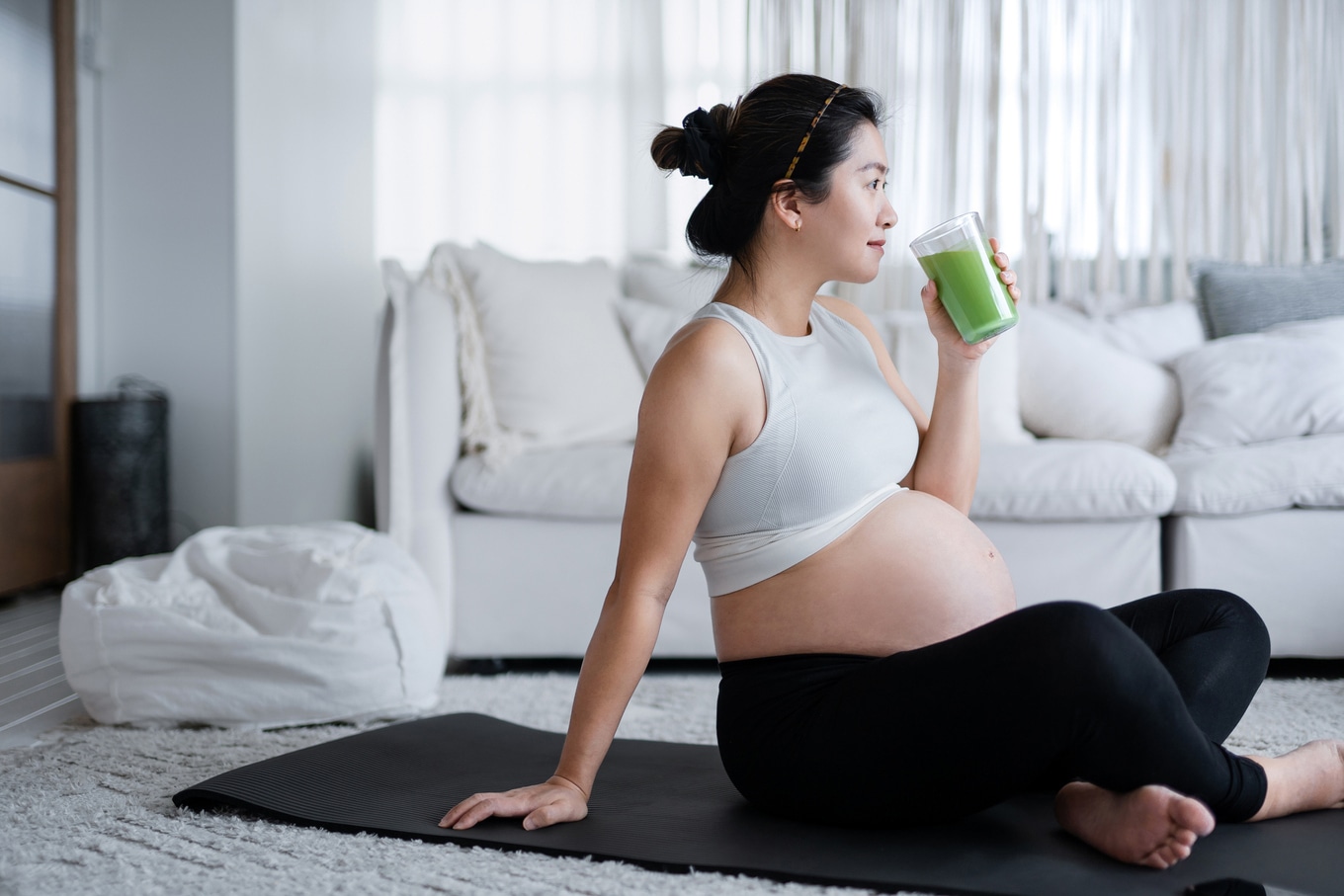 Getty
Getty
BECOME A VEGNEWS VIP: Get exclusive product deals, freebies, and perks galore!
Fiber, which is available in most plant-based whole foods, and vitamin D also help to regulate inflammation and lower cholesterol. In fact, according to Pallian, sufficient vitamin D levels, which is around 10 micrograms a day, could reduce the risk of preeclampsia by as much as 66 percent.
For those with the appetite and the means, keeping up with nutritious meals full of nutrient-dense whole foods like fruit smoothies, oatmeal with berries, lentil soups, chia pudding, and vegetable stir-fries may make a big difference to pregnancy health. But for some, supplementation might be a more realistic way of getting enough important nutrients. You can read more about prenatal vitamins and when and why to take them here.
When it comes to vitamin D, even increasing exposure to sunlight (while taking UV precautions) may make a difference. “While supplementing with vitamin D hasn’t been proven to be a guaranteed fix, making sure you’re getting enough from food sources like fortified plant-based milk and exposure to sunlight can help,” says Pallian.
For more plant-based stories like this, read:
JUMP TO ... Latest News | Recipes | Guides | Health | Subscribe
